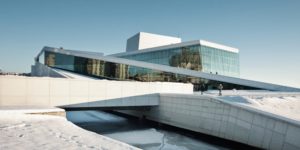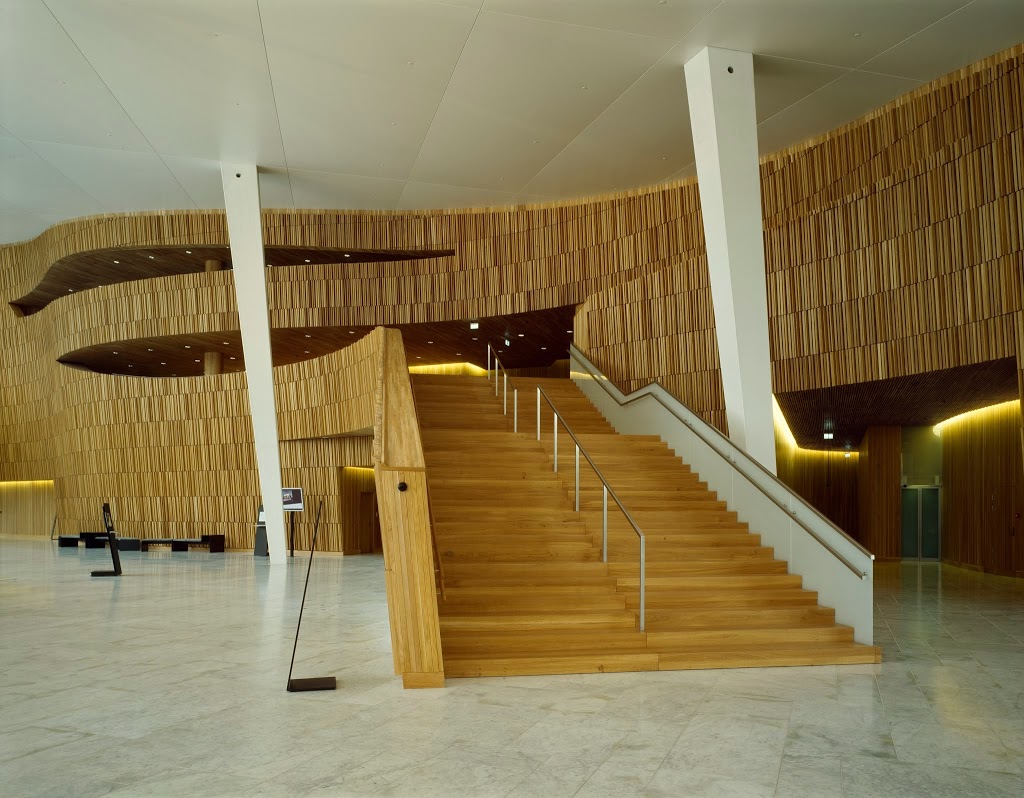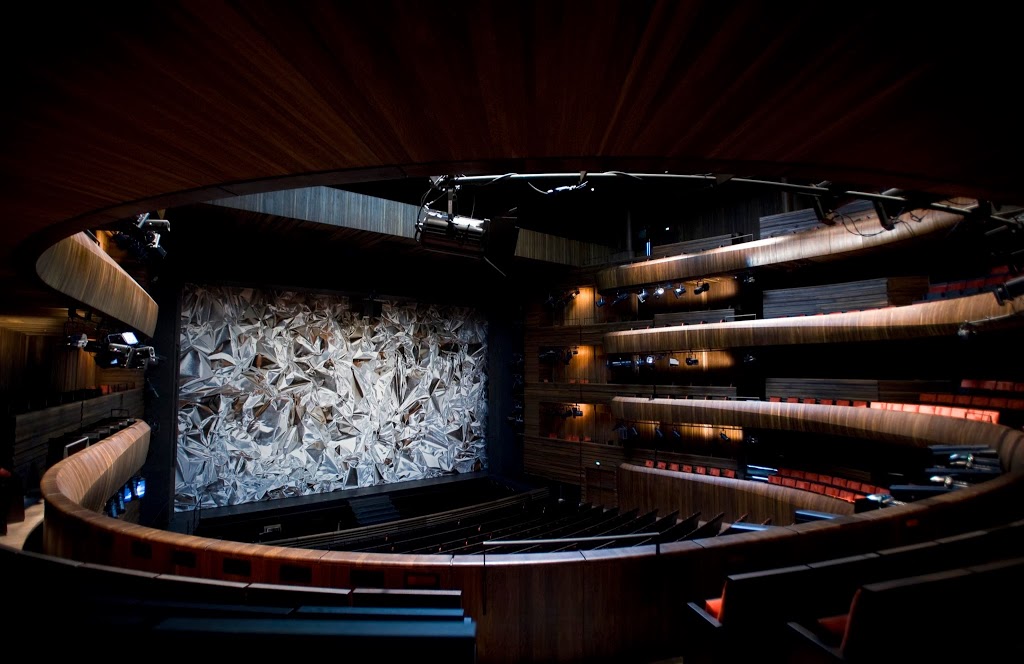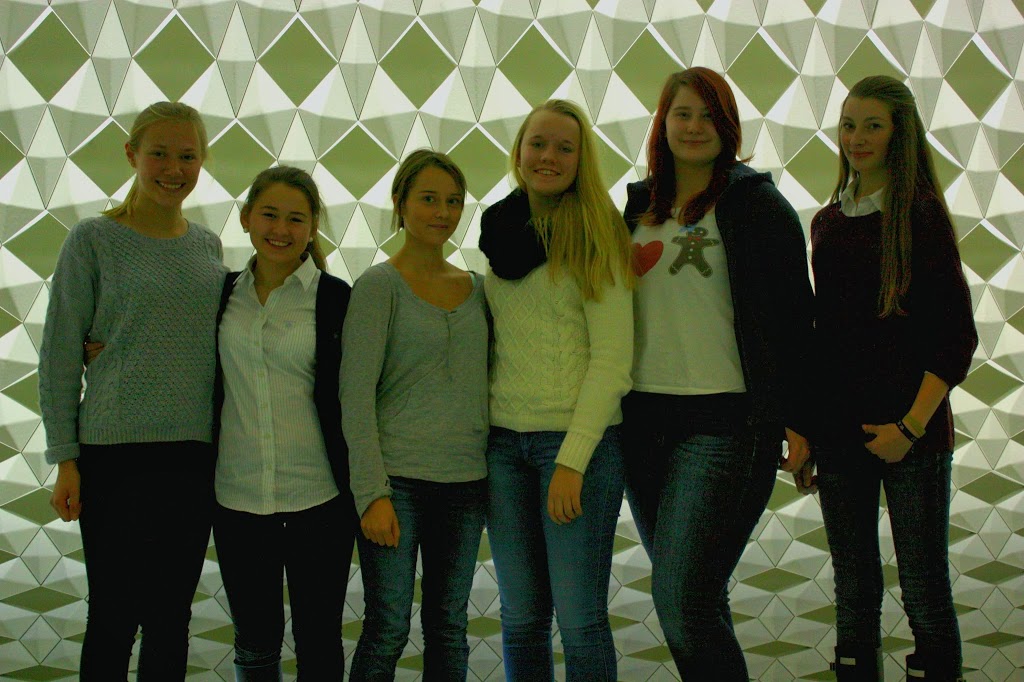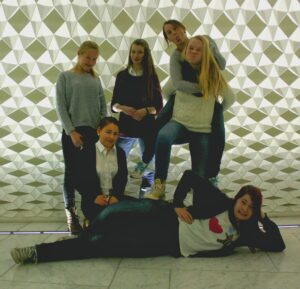Trip to the Opera
A week ago, we at SUS were given a guided tour of the opera. We had an interesting tour where we learned a lot about why everything is the way it is.
First, we entered the large foyer with information desk, changing rooms and a nice restaurant. In the middle of the room there is a large wall made of oak. This wall is called the Wave Wall. It tells us where the coastline was before the opera was built, and it has an important function as a sound wave breaker in the large room.
The next room we entered was the main hall. It is the largest hall in the entire building, and has large rooms on the sides, behind and above it for scenery, lights and actors. Everything in the hall is very well thought out, in terms of acoustics and sound. The auditorium was shaped like a horseshoe, so the sound waves are not broken. The seats are made of a fabric that absorbs as much noise as a human being makes. Even the chandelier is designed to improve the acoustics in the room. Everything in the hall is made of dark materials so that the light from the stage is not reflected.
Every little detail in the building had a function or a meaning. Chandeliers, seats, colors and materials. So the next time you're at the theater, consider that what you see on stage is just a small part aof a big process. At least, that's what we'll be doing during showbox.
Photo by: Elin Rekdal Other photos: Google
